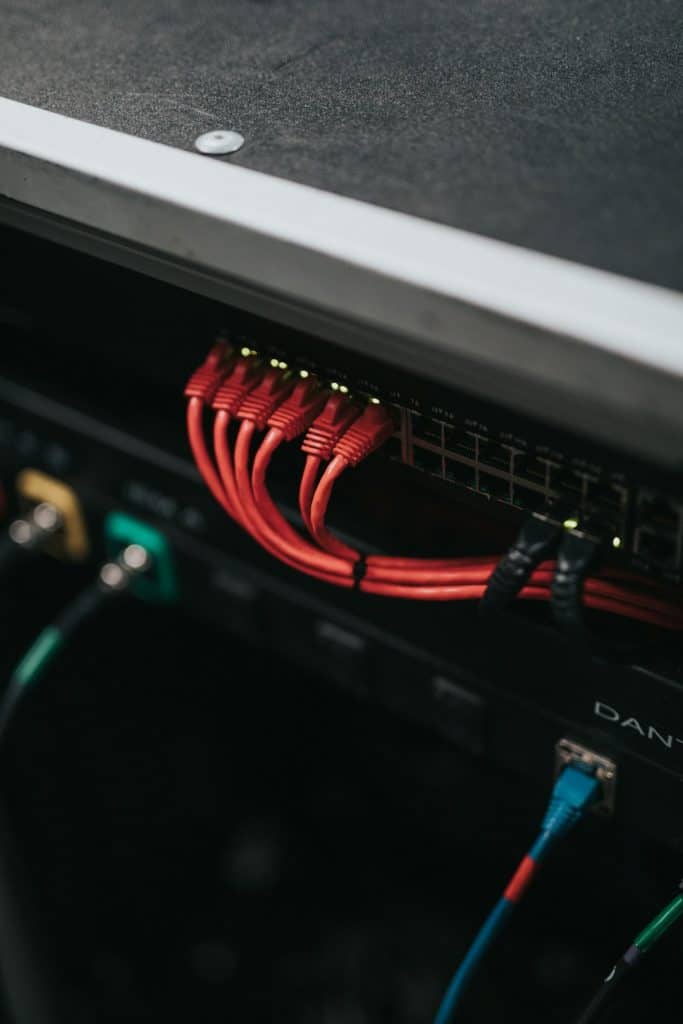As businesses continue to modernize their IT infrastructure in 2025, many are facing a critical task: upgrading from outdated versions of Microsoft Exchange Server. Legacy systems such as Exchange Server 2013 or 2016 not only pose security risks but also limit integration with modern tools and cloud-based platforms. Transitioning to a newer version like Exchange Server 2019, or considering hybrid and Microsoft 365 options, can provide long-term stability and improved performance.
Upgrading an Exchange Server requires meticulous planning, execution, and post-deployment validation. This guide outlines the steps and best practices for IT professionals handling such transitions in 2025.
1. Evaluate Your Current Environment
Before beginning the upgrade process, conduct a comprehensive assessment of your existing Exchange environment. Identify the version you’re running, examine hardware specifications, and check the system’s compatibility with newer versions of Exchange.
- Confirm end-of-life (EOL) timelines for your current Exchange version
- Review existing hardware to determine if a refresh is necessary
- Audit user mailboxes and mailbox sizes to plan for migration logistics
This evaluation stage helps you determine whether a direct upgrade is possible or if a complete migration strategy is required.
2. Choose the Right Upgrade Path
Microsoft Exchange does not support direct upgrades between all versions. Depending on your current setup, you may need to use a staged upgrade or a coexistence model. In 2025, many organizations are moving toward Exchange Server 2019 or hybrid environments that integrate with Microsoft 365.
Here are your main upgrade approaches:
- In-place upgrade: Only possible for minor updates within the same major version
- Move to new hardware: Recommended when upgrading to a newer version with different system requirements
- Migrate to hybrid or cloud: Ideal for companies interested in Microsoft 365
Note: Exchange 2019 is expected to remain supported through at least 2029 when properly configured. However, organizations considering Office 365 integration should explore hybrid deployments.
3. Prepare the New Environment
Once you’ve chosen your migration path, prepare the target environment. This includes configuring new servers, installing prerequisites, and ensuring the domain is compatible with the upgraded version.
- Install Windows Server 2019 or later, depending on Exchange requirements
- Update schema and Active Directory, if necessary
- Install Exchange Server 2019 binaries
Use the Exchange Server Deployment Assistant provided by Microsoft to generate a checklist tailored to your scenario.
4. Perform the Migration
During the transition phase, minimize disruption with a well-defined migration plan. Here are key tasks involved:
- Set up coexistence if applicable, to allow both legacy and new servers to operate in parallel
- Move mailboxes systematically using the Exchange Admin Center or PowerShell commands
- Migrate connectors, transport rules, and mailbox policies
Avoid downtime by testing all critical functions such as mail flow, calendaring, and authentication mechanisms during a pilot phase before a full rollout. Monitor logs and server metrics throughout the process.
5. Verify and Finalize the Upgrade
After a successful migration, conduct a thorough verification of the new Exchange environment.
- Test DNS, SSL certificates, and internal/external connectivity
- Confirm that mail flow and calendaring work as expected
- Decommission legacy servers only after full validation
It’s crucial to document the new setup and back up configurations to ensure future recoverability. Establish performance baselines and schedule regular health checks to detect early signs of issues.
6. Secure and Maintain the New Environment
With Exchange servers being common targets of cyberattacks, especially those that have not been updated regularly, securing the new setup is paramount.
Implement security best practices such as:
- Applying the latest cumulative updates (CUs) and security patches
- Enabling multi-factor authentication for admin accounts
- Configuring access controls and audit logging for compliance
Use endpoint protection solutions, penetration tests, and vulnerability assessments to ensure your Exchange environment remains protected long after the upgrade.
Conclusion
Upgrading an outdated Exchange Server in 2025 is more than a technical refresh—it’s a strategic move toward resilience and scalability. While the process can be complex, well-executed upgrades significantly reduce security vulnerabilities and enhance user experience. By following the structured steps above, organizations can confidently transition to a modern messaging infrastructure that supports both current and future business needs.
